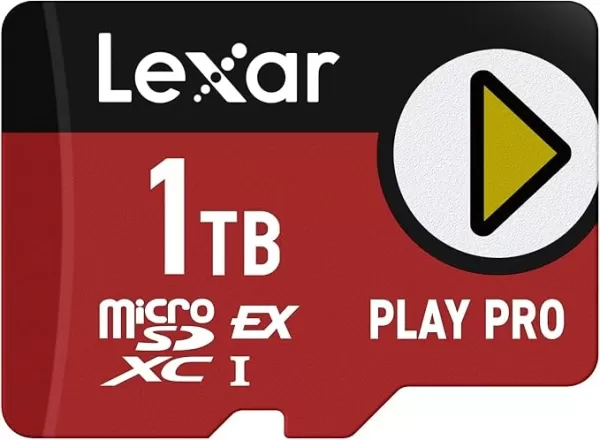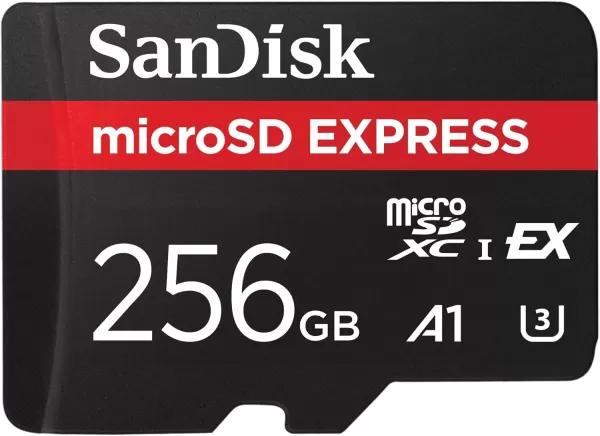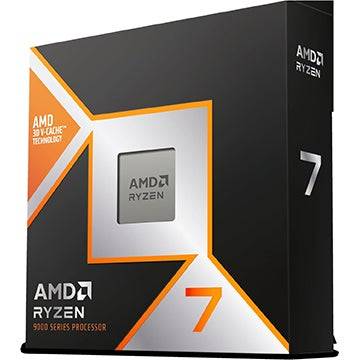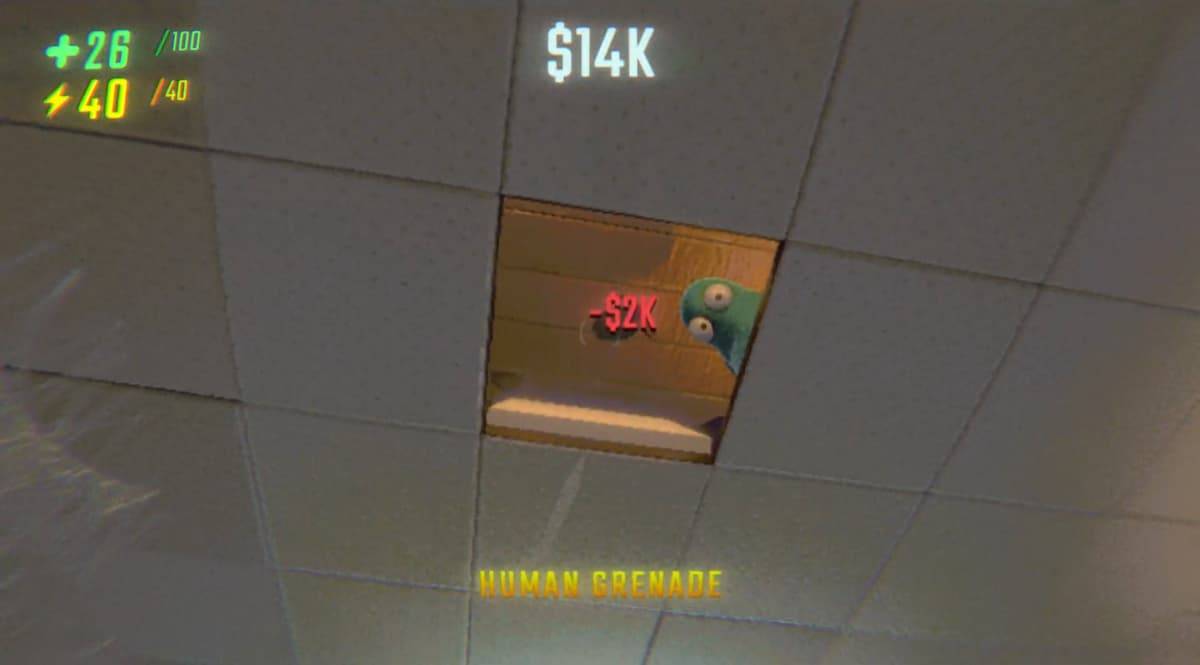Last week, Nintendo unveiled the Nintendo Switch 2, announcing a significant shift to MicroSD Express cards for storage expansion. This decision, while inconvenient for those with existing MicroSD collections, is a strategic move to leverage the superior speeds of MicroSD Express. These cards use a PCIe 3.1 interface, allowing them to achieve read/write speeds comparable to the Universal Flash Storage (UFS) used in the Switch 2's internal storage. This means that games stored on these expansion cards should, theoretically, load just as quickly as those installed internally, albeit at the expense of compatibility with older, slower MicroSD cards.
MicroSD vs. MicroSD Express
The evolution of MicroSD cards has seen six distinct speed ratings over time. Starting with the original SD cards at a modest 12.5MB/s, speeds have progressively increased, reaching up to 312MB/s with the SD UHS-III standard. However, the introduction of the SD Express standard five years ago marked a significant leap forward, utilizing the faster PCIe 3.1 interface rather than the traditional UHS-I. This change allows full-sized SD Express cards to reach speeds of up to 3,940MB/s. Although MicroSD Express cards don't quite match these top speeds, they still offer impressive performance, reaching up to 985MB/s—three times faster than the fastest non-Express MicroSD cards.
Why Does the Switch 2 Require MicroSD Express?
While Nintendo typically keeps the reasoning behind its hardware choices under wraps, the requirement for MicroSD Express cards on the Switch 2 is likely driven by the need for speed. With the internal storage upgraded to UFS from eMMC, matching the external storage's speed ensures that games load swiftly, regardless of where they're stored. Early demos have shown significant improvements in load times, with Polygon reporting a 35% faster fast travel in games like Breath of the Wild, and Digital Foundry noting a three-fold increase in initial load times. These enhancements could be attributed to the faster internal storage, but also to more powerful CPU and GPU capabilities. The key takeaway is that Nintendo aims to prevent any bottlenecks in game performance due to slower storage media.
Moreover, requiring MicroSD Express cards paves the way for even faster storage solutions in the future. The current SD 8.0 Specification allows full-sized SD Express cards to reach speeds up to 3,942MB/s, and while MicroSD Express cards aren't there yet, future advancements could see them catch up, especially if the Switch 2's hardware supports these speeds.
MicroSD Express Capacity Options
Currently, the adoption of MicroSD Express cards has been slow, but this is expected to change with the launch of the Nintendo Switch 2. Lexar offers a single MicroSD Express card in capacities of 256GB, 512GB, and 1TB, with the 1TB variant priced at $199.

Lexar Play Pro MicroSD Express
SanDisk, meanwhile, has a 256GB MicroSD Express card available, matching the internal storage size of the Switch 2. As the Switch 2 hits the market, the availability of higher-capacity MicroSD Express cards might be limited to 512GB, but this is likely to expand as companies like Samsung ramp up production.





















